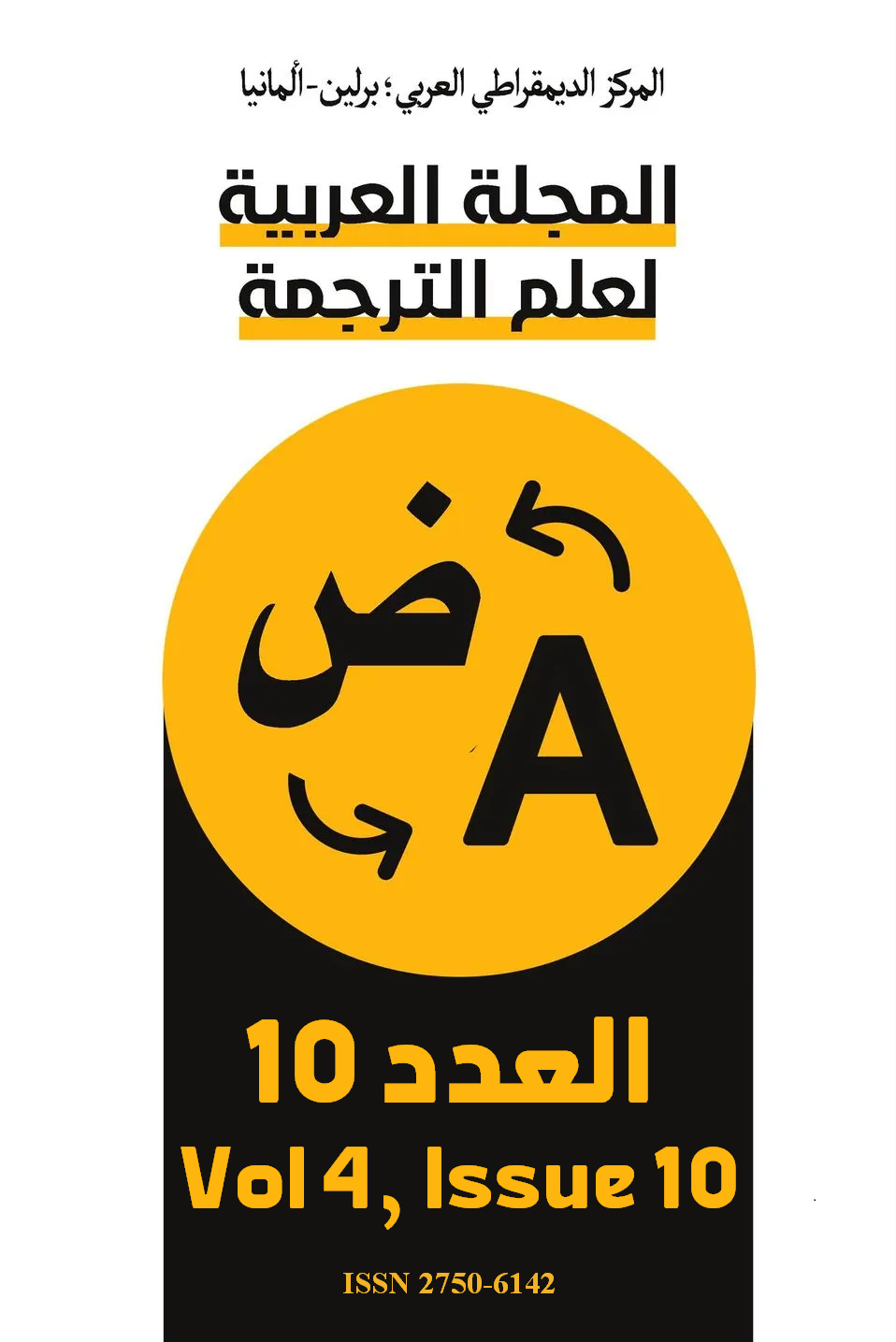The Impact of Dubbing and Subtitles in Animated Films: Catalysts for the Development of Arabic Language in Children
DOI:
https://doi.org/10.63939/AJTS.epcdxw19Keywords:
Animated film, Arabic language, Language Skills, Dubbing, SubtitlingAbstract
This article explores the impact of dubbing and subtitling in animated films as methods for teaching the Arabic language to children. It highlights the effectiveness of these audiovisual techniques in improving young learners' language skills, including listening, comprehension, pronunciation, and social interaction. By exposing children to diverse dialogues and cultural situations, animated films not only promote the acquisition of the Arabic language but also enhance the understanding of cultural and social values. The field study reveals that these tools make learning more interactive and engaging, increasing children's involvement. The article also proposes perspectives for future research, including the integration of animated films into school education and the exploration of the impact of modern technologies on language and cultural learning.
Downloads
References
Anderson, R. C., & Pearson, P. D. (1984). A schema-theoretic view of basic processes in reading comprehension. In P. D. Pearson (Ed.), Handbook of reading research (pp. 255-291). New York, NY: Longman
Bauman, Z. (2005). Liquid life. Cambridge: Polity Press
Bernard, R., Salomon, G., & Auernheimer, D. (2002). Audiovisual tools in language learning: Techniques and effectiveness. Educational Technology & Society, 5(4), 75-80
Bransford, J., Brown, A., & Cocking, R. (2000). How people learn: Brain, mind, experience, and school. Washington, D.C.: National Academy Press
Bruner, J. (1996). The culture of education. Cambridge, MA: Harvard University Press DOI: https://doi.org/10.4159/9780674251083
Gardner, H. (1993). Frames of mind: The theory of multiple intelligences. New York: Basic Books
Goleman, D. (1995). Emotional intelligence: Why it can matter more than IQ. New York: Bantam Books
Hall, S. (1997). Representation: Cultural representations and signifying practices. Thousand Oaks, CA: Sage Publications
Jordão, M., Silva, E., & Carvalho, A. (2015). The effectiveness of subtitles in second language acquisition: A case study with children. Journal of Language Learning and Technology, 19(1), 120-135
Kohlberg, L. (1984). Essays on moral development: Vol. 2. The psychology of moral development. San Francisco, CA: Harper & Row
Mayer, R. E. (2001). Multimedia learning. Cambridge: Cambridge University Press
Pérez, M., González, M., & Ruiz, A. (2010). The role of dubbing and subtitling in language learning. Language Teaching Research, 14(3), 230-250
Piaget, J. (1972). Psychology and epistemology: Towards a theory of knowledge. New York: Viking Press
Salomon, G. (1984). Interaction of media, cognition, and learning: An exploration of how and why media influence learning. Educational Communication and Technology, 32(2), 90-105
Snow, C. (2010). Academic language and the challenge of reading for learning about science. Science, 328(5977), 450-452 DOI: https://doi.org/10.1126/science.1182597
Vygotsky, L. S. (1978). Mind in society: The development of higher psychological processes. Cambridge, MA: Harvard University Press
Downloads
Published
Issue
Section
License

This work is licensed under a Creative Commons Attribution-NonCommercial 4.0 International License.
As an open-access the journal follows the CC BY-NC 4.0 Attribution-NonCommercial 4.0 International which states that:
- you are free to:
- Share— copy and redistribute the material in any medium or format.
- Adapt— remix, transform, and build upon the material.
- Under the following terms:
- Attribution— You must give appropriate credit, provide a link to the license, and indicate if changes were made. You may do so in any reasonable manner, but not in any way that suggests the licensor endorses you or your use.
- NonCommercial — You may not use the material for commercial purposes.
- No additional restrictions — You may not apply legal terms or technological measures that legally restrict others from doing anything the license permits.












